On October 24th, 2003 the last Concorde touched down at Filton Airport in England, and since then commercial air travel has been stuck moving slower than the speed of sound. There were a number of reasons for retiring the Concorde, from the rising cost of fuel to bad publicity following a crash in 2000 which claimed the lives of all passengers and crew aboard. Flying on Concorde was also exceptionally expensive and only practical on certain routes, as concerns about sonic booms over land meant it had to remain subsonic unless it was flying over the ocean.
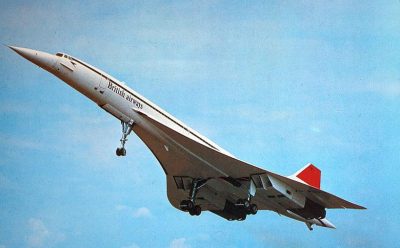 The failure of the Concorde has kept manufacturers and the civil aviation industry from investing in a new supersonic aircraft for fifteen years now. It’s a rare example of commercial technology going “backwards”; the latest and greatest airliners built today can’t achieve even half the Concorde’s top speed of 1,354 MPH (2,179 km/h). In an era where speed and performance is an obsession, commercial air travel simply hasn’t kept up with the pace of the world around it. There’s a fortune to be made for anyone who can figure out a way to offer supersonic flight for passengers and cargo without falling into the same traps that ended the Concorde program.
The failure of the Concorde has kept manufacturers and the civil aviation industry from investing in a new supersonic aircraft for fifteen years now. It’s a rare example of commercial technology going “backwards”; the latest and greatest airliners built today can’t achieve even half the Concorde’s top speed of 1,354 MPH (2,179 km/h). In an era where speed and performance is an obsession, commercial air travel simply hasn’t kept up with the pace of the world around it. There’s a fortune to be made for anyone who can figure out a way to offer supersonic flight for passengers and cargo without falling into the same traps that ended the Concorde program.
With the announcement that they’ve completed the initial design of their new Affinity engine, General Electric is looking to answer that call. Combining GE’s experience developing high performance fighter jet engines with the latest efficiency improvements from their civilian engines, Affinity is the first new supersonic engine designed for the civil aviation market in fifty five years. It’s not slated to fly before 2023, and likely won’t see commercial use for a few years after that, but this is an important first step in getting air travel to catch up with the rest of our modern lives.
Continue reading “GE’s Engine To Reignite Civil Supersonic Flight”

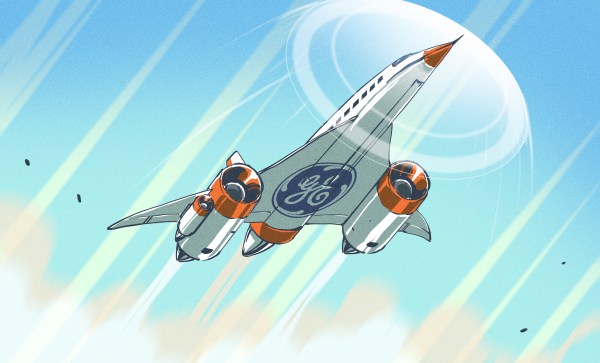
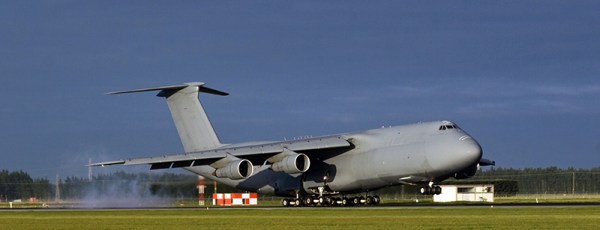
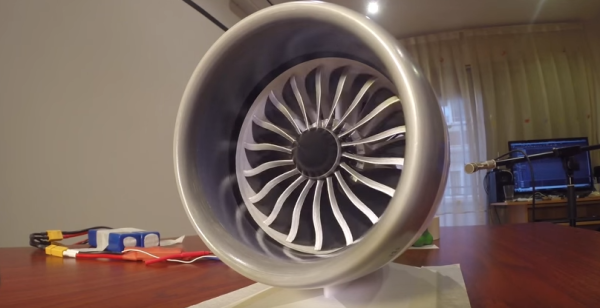
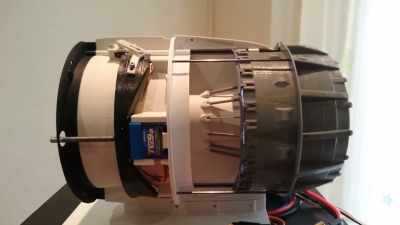 What sets this apart from other jet models is the working reverse thrust system. [Harcoreta] painstakingly modeled the cascade reverse thrust setup on the 787/GEnx-1B combo. He then engineered a way to make it actually work using radio controlled plane components. Two servos drive threaded rods. The rods move the rear engine cowling, exposing the reverse thrust ducts. The servos also drive a complex series of linkages. These linkages actuate cascade vanes which close off the fan exhaust. The air driven by the fan has nowhere to go but out the reverse thrust ducts. [Harcoreta’s] videos do a much better job of explaining how all the parts work together.
What sets this apart from other jet models is the working reverse thrust system. [Harcoreta] painstakingly modeled the cascade reverse thrust setup on the 787/GEnx-1B combo. He then engineered a way to make it actually work using radio controlled plane components. Two servos drive threaded rods. The rods move the rear engine cowling, exposing the reverse thrust ducts. The servos also drive a complex series of linkages. These linkages actuate cascade vanes which close off the fan exhaust. The air driven by the fan has nowhere to go but out the reverse thrust ducts. [Harcoreta’s] videos do a much better job of explaining how all the parts work together.









